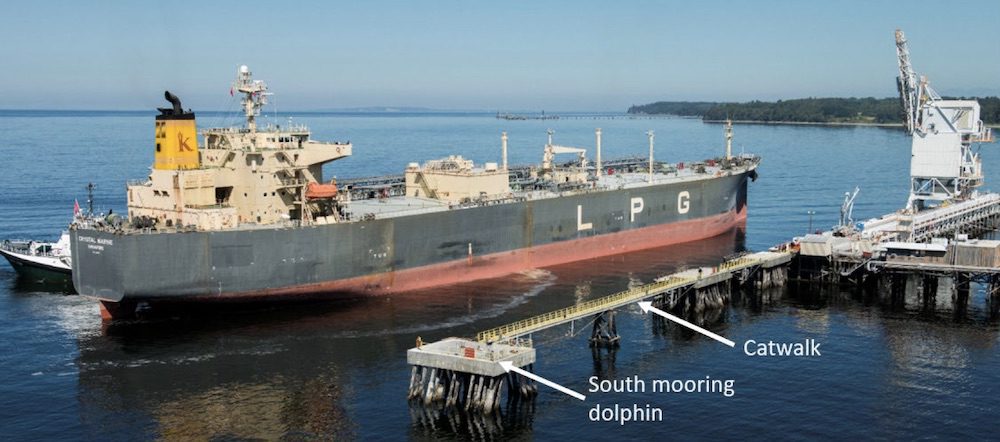...η επιτροπή ασφαλείας για ατυχήματα στις μεταφορές, έβγαλε την απόφαση της, που λέει , με λίγα λόγια ότι φταίει το πλήρωμα, για την πρόσκρουση σε ντόκο πετρελαιοειδών.
Η ερώτηση μου ήταν εάν γινόταν να βγάλει άλλη απόφαση, δηλαδή ότι φταίει ο πιλότος...
Δεν θυμάμαι να έχει γίνει ποτέ, διότι είναι ξεκάθαρο ότι το πλοίο έχει μία αρχή και αυτός είναι ο Πλοίαρχος. Τώρα, τι να ξέρει από μανούβρες πλεύρισης και αποπλεύρισης αυτός ο Πλοίαρχος ο οποίος έχει μάθει να ταξειδεύει τους ωκεανούς, και επιπλέον η συννενόηση του με τα ρ/κ θα είναι δύσκολη έως αδύνατη. Έτσι λοιπόν, μπαίνει ο πιλότος στην μέση, όπου με ύφος καρδιναλίου, αρχίζει τις εντολές προς τον Πλοίαρχο και το πλήρωμα.
Εδώ ακριβώς γίνεται και το λάθος, διότι ο Πλοίαρχος σηκώνει τα χέρια και αφήνει το πλοηγό να κάνει ότι θέλει, χωρίς να τον ρωτάει, όπως θα έπρεπε και επιβάλλεται.
Προσοχή λοιπόν, όταν έχετε πλοηγό, ο οποίος μάλιστα συμπεριφέρεται σαν δόκιμος επαγγελματίας, για να μην πω κάτι χειρότερο....
+++

The Petrogas Wharf with a tanker of similar size to the Levant docking starboard side to the wharf. Credit: Petrogas, LLC via NTSB
The NTSB released the details of its investigation in Marine Accident Brief 21/02.
The 741.5-foot tanker Levant, owned by Avance Gas LTD and operated by Exmar Ship Management NV, had a partially loaded cargo of propane and butane when it struck the Petrogas Ferndale Wharf in Puget Sound, near Ferndale, Washington, on Dec. 15, 2019. The wharf’s south mooring dolphin and a catwalk were destroyed, while the Levant’s forward ballast tank was penetrated and flooded. There were no injuries or environmental damage, but the incident resulted in more than $8 million in damage, including $1.5 million to the ship.
The MT Levan had successfully docked at the wharf several days before the accident. After loading for about three days, the master, concerned about maintaining a safe under-keel clearance due to a falling tide, decided to stop loading their cargo and take the ship to deeper water for the night. For the shift to the anchorage, located 0.7 miles away, a pilot was brought on board. The pilot then stayed for the next day’s early morning approach back to the wharf when tidal conditions improved.
Investigators found a “condition of complacency” likely existed on the bridge because of the short distance back to the wharf. The master-pilot exchange of information was not as detailed as during the earlier briefing before leaving the wharf. The pilot and the master were also likely distracted by a two-minute, non-pertinent conversation they had about three minutes before contact.
In the Marine Accident Brief, the NTSB said the vigilance of a pilot and bridge team should be increased, not decreased, with a ship’s proximity to dangers and obstructions.
“Regardless of the distance or duration of a transit, the bridge resource management fundamentals of planning, communication, use of all available resources and information, monitoring and management of distractions are essential to operations with a pilot on board.”
Marine Accident Brief 21/02 is available online on the NTSB’s website.
gcaptain.com
Δεν υπάρχουν σχόλια:
Δημοσίευση σχολίου